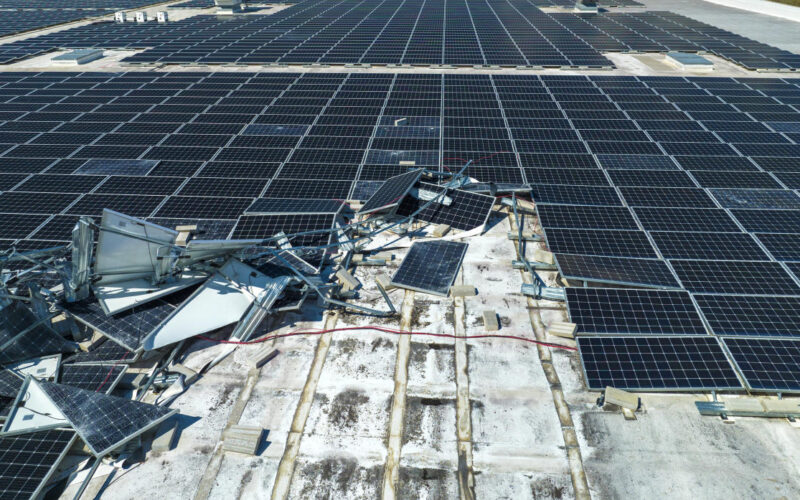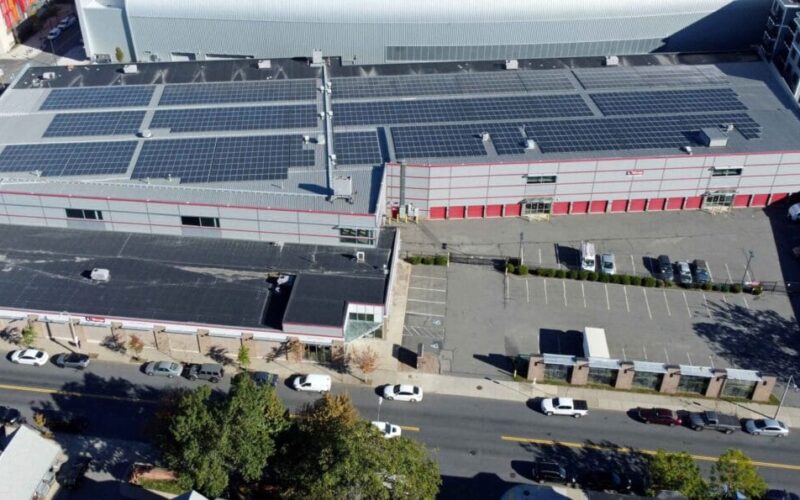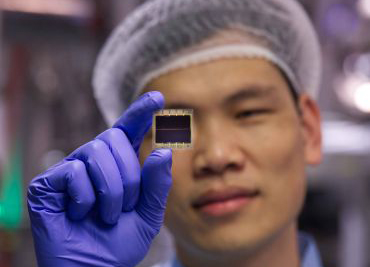07
Oct
By the end of 2024, the world will have nearly 2,000 Gigawatts of solar generation capacity in service. Each panel is made of silicon, glass, various polymers, aluminum, copper and an assortment of other metals that capture the sun’s energy. It’s a rule of thumb that, barring damage, a panel will last for up to 30 years before it needs to be replaced. But what happens to all of those raw materials when the current crop of solar panels becomes obsolete? Surely, we’re not just wasting it all, are we?What kills a solar panel?Received wisdom suggests solar panels last for…



